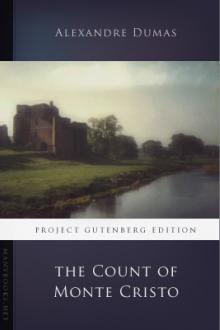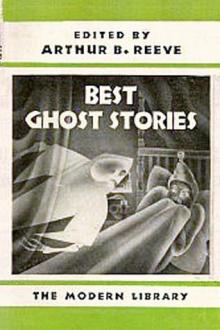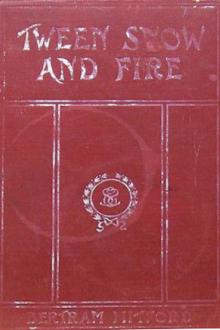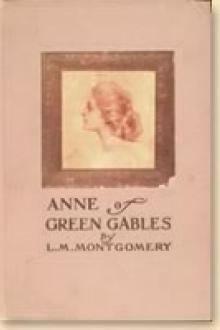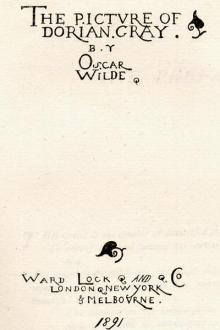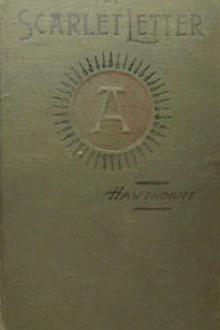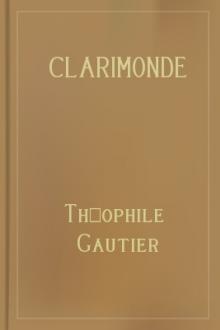Greek and Roman Ghost Stories
Greek and Roman Ghost Stories
Book Excerpt
The Larvæ were regular characters in the Atellane farces at Rome, where
they performed various "danses macabres." Can these possibly be the
prototypes of the Dances of Death so popular in the Middle Ages? We find
something very similar on the well-known silver cups discovered at Bosco
Reale, though Death itself does not seem to have been represented in
this way. Some of the designs in the medieval series would certainly
have appealed to the average bourgeois Roman of the Trimalchio
type--e.g., "Les Trois Vifs et les Trois Morts," the three men riding
gaily out hunting and meeting their own skeletons. Such crude contrasts
are just what one would expect to find at Pompeii.
Lemures and Larvæ are often confused, but Lemures is the regular word for the dead not at rest--the "Lemuri," or spirits of the churchyard, of some parts of modern Italy. They were evil spirits, propitiated in early days with blood. Hence the first gladiatorial games were given in connection with funerals. Both in Greece and in Rome there were special festivals for appeasing these restless spirits. Originally
Editor's choice
(view all)Popular books in Ghost Stories, History
Readers reviews
0.0
LoginSign up
Be the first to review this book
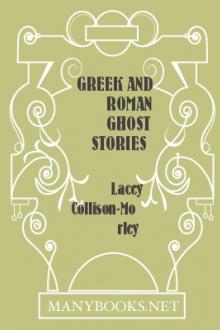
 Free Download
Free Download












